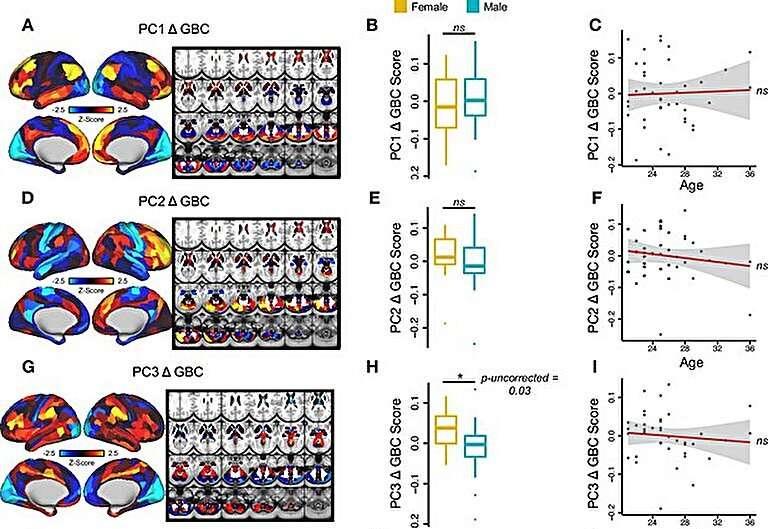
Since Yale researchers first observed the ability of the anesthetic ketamine to dramatically improve symptoms in many patients with treatment-resistant depression more than two decades ago, the drug has provided a powerful new therapeutic option for mental health professionals.
However, only 65% of patients treated with ketamine respond to therapy and a new Yale-led study published in the journal eLife helps explain why.
Using functional magnetic resonance imaging (fMRI), researchers found that ketamine produces a variety of different response patterns in the brains of individuals, an observation that challenges the widely held assumption that treatments for mental health conditions produce the same effect in all people.
The study also found that the different ways that ketamine affects the brain can be related to patterns of gene expression, a finding that might one day help predict who is most likely to respond to ketamine treatment.
“Collectively, these findings support the possibility for developing individually precise pharmacological biomarkers for treatment selection in psychiatry by using human neuroimaging,” said Alan Anticevic, the Glenn H. Greenberg Associate Professor of Psychiatry and associate professor of psychology at Yale and co-senior author of the study.
For the study, the research team—led by first authors Jie Lisa Ji, a former graduate student in neuroscience at Yale, and Flora Moujaes, a postdoctoral fellow in Anticevic’s lab—analyzed fMRI data from 40 healthy individuals who were administered a placebo followed by a ketamine injection.
They found that ketamine produced an unexpectedly wide variety of responses in the brains of the participants. In fact, they found that ketamine produced many more individually distinct “functional connectivity signatures” than has been observed in studies on the effects of psilocybin and LSD, the researchers report.
The team also analyzed a database of gene expression patterns in the human brain, which they compared to patterns observed in the ketamine responses. This analysis showed that gene expression patterns for interneurons—cells that modulate excitatory activity in the brain—were strongly aligned with the effects of ketamine in the human brain.
This approach may be used eventually to predict who is most likely to respond to ketamine therapy, researchers say.
Katrin Preller, visiting assistant professor of psychiatry at Yale School of Medicine, is co-senior author of the paper.
More information:
Flora Moujaes et al, Ketamine induces multiple individually distinct whole-brain functional connectivity signatures, eLife (2024). DOI: 10.7554/eLife.84173
Citation:
Ketamine produces wide variety of responses in the brain, researchers find (2024, April 17)
retrieved 18 April 2024
ketamine-wide-variety-responses-brain.html
.
. The content is provided for information purposes only.
